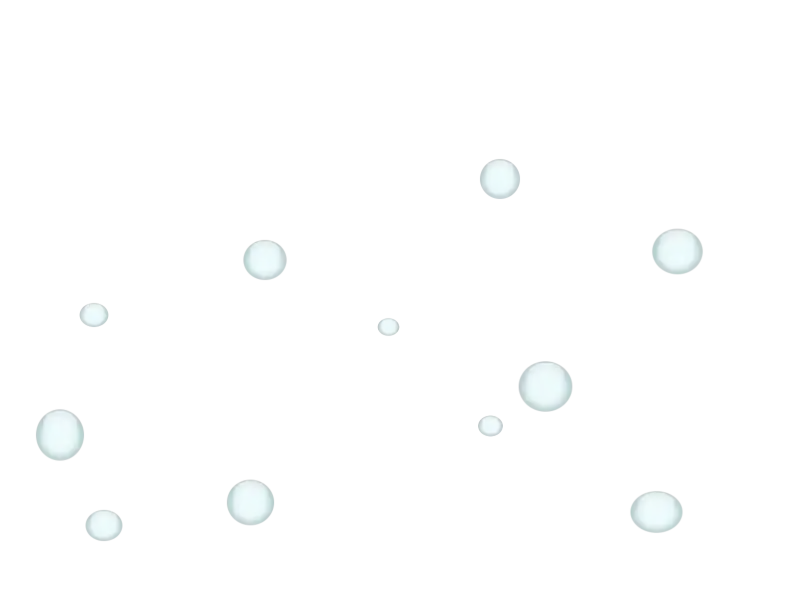The essential principle of LIGeR layouts is the division of available space across the main axis between child panes of a parent pane, in turn taking the entirety of its cross-axis size.
This, in essence, has many similarities to a certain configuration of the "flex" display method of HTML, but with several key streamlining features.
More systematically,
A LIGeR layout is a series of nested panes — rectangular objects of adjustable appearance, content and behaviour — laid out in the axis (horizontal or vertical) specified by the parent, whose children request either a fixed or dynamic amount of space across this main axis — the axis of division.
Fixed amounts of space are given in font-height units (referred to in HTML as "em" units) for the purpose of:
- allowing for painless construction of text-terminal interfaces (a high priority for the project),
- maintaining the complete agnosticity of the layout to preferred font size, resolution and DPI, and
- possibly increasing intuitiveness of measurements by referencing desired text contents instead of arbitrary pixel values.
Dynamic amounts of space can take the following values:
- fit (the default) — used when the pane should calculate the necessary amount of space based on its content. Any of its children with R-based sizes will be drawn as if they were "fit"-sized, too.
- R (for "Remaining"/"Rest") — to denote that the child carrying this property should take a unit amount of main-axis space after the fixed-size panes had taken their cut.
- [n]R (for an integer n) — as above, but with an appropriate number of unit-spaces to be taken. This means that a pane with children of sizes R and 2R will be divided into parts of ~33.3% and ~66.7% respectively.
As an example, once a LIGeR surface is created, a layout can be cast upon its root pane thusly,
...yielding a layout whose requirements are fulfilled by an interface such as this:
And after being filled in with the appropriate content, something similar to this:



